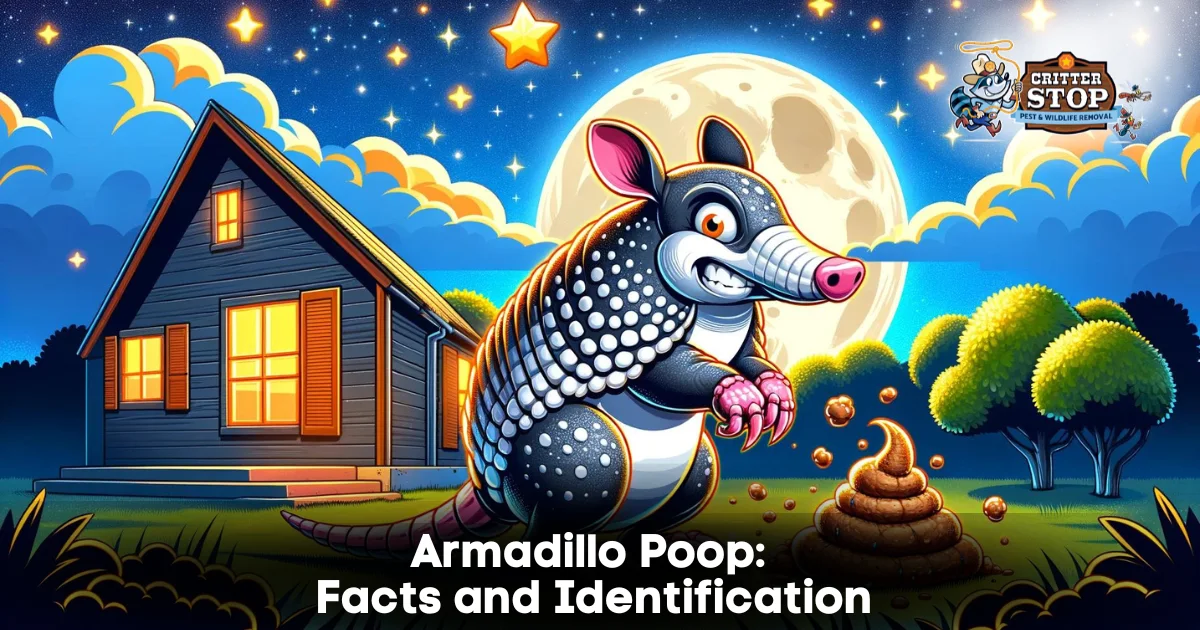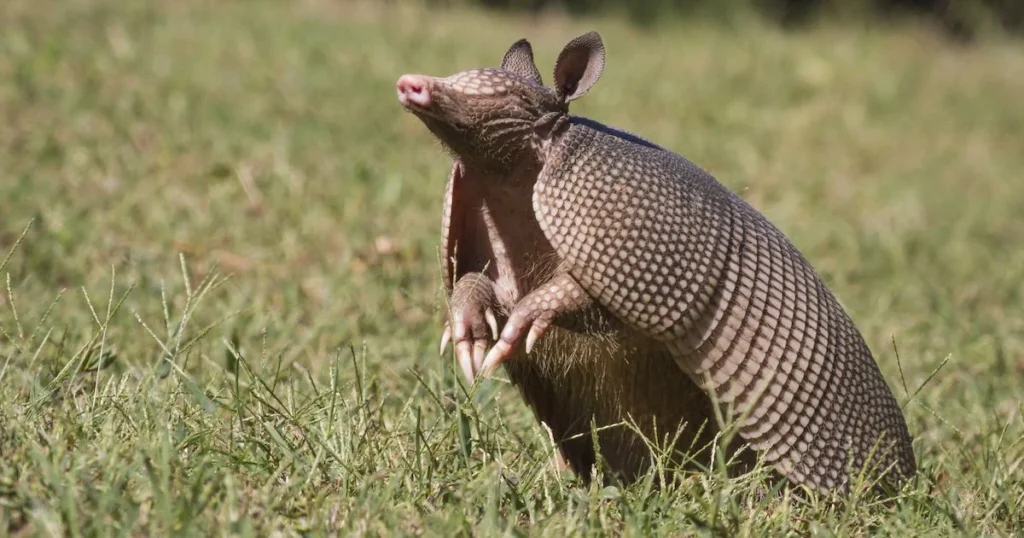
When considering the less-than-glamorous world of animal droppings, armadillo poop stands out as a surprisingly insightful topic. While you may only know armadillos for their unique, armored shells and knack for digging up lawns, their feces, or scat, can offer a wealth of information about their diet, behavior, and even potential health risks. Understanding what to look for and how to handle it safely is key for homeowners and wildlife enthusiasts alike.

Armadillos are fascinating creatures native to the Americas, known for their powerful digging claws and a nocturnal, insectivorous diet. They are considered omnivores, but their primary food source consists of insects like ants and termites. This is evident in their specialized digestive system, which is well-suited for breaking down tough insect exoskeletons.
Their digestive tract includes a unique, two-chambered stomach. The first chamber holds food temporarily, while the second acts as a fermentation chamber, housing bacteria that break down hard materials like chitin—the primary component of insect exoskeletons. This efficient system allows them to extract maximum nutrients from their insect-heavy diet.
Due to their elusive, nocturnal nature, armadillo scat is a valuable tool for researchers. By studying what an armadillo leaves behind, we can learn about its foraging habits, diet, and even its migration patterns. This isn't just about curiosity; it's about understanding their role in the ecosystem.
Identifying armadillo poop is straightforward once you know what to look for. Its visual characteristics are quite distinct from those of other common yard animals like rabbits or deer.
Armadillos are particularly common in the southern United States and Latin America, where they prefer habitats with loose, sandy soil that makes digging easy. Knowing where they live can also help confirm the identity of the scat.
While it's important to identify armadillo scat for educational purposes or to address a pest problem, it's even more critical to handle it with extreme caution. Armadillos can carry a number of diseases and parasites that can pose risks to both humans and pets.

To minimize these risks, always take proper safety precautions when cleaning up armadillo poop from your yard.
If you or your pet comes into contact with armadillo scat and develops symptoms like fever, diarrhea, or a rash, it's best to seek medical attention promptly and inform your doctor or veterinarian of the potential exposure.
Armadillos are a natural part of their ecosystems, and their digging can aerate soil and help control insect populations. However, their burrowing and foraging habits can be a nuisance for homeowners, damaging gardens, lawns, and even the foundations of buildings.
If you have a persistent armadillo problem, it may be best to contact a professional wildlife removal service like Critter Stop. Our experts are continually trained on the latest industry standards and advanced pest removal techniques. We specializes in humane armadillo removal and control. Whether you’ve got a single clawed visitor or a hose party of bold diggers, they’ve seen it—and solved it—before.
Call Critter Stop at (214) 234-2616 for a free inspection.

Yes. The presence of armadillo scat, especially in consistent piles, can indicate that the animals are living or regularly foraging on your property. This can lead to burrowing issues and property damage.
Yes, pets can be exposed to diseases and parasites by coming into contact with armadillo droppings. It's crucial to keep pets away from areas where scat is found.
While scat can look similar, armadillo droppings are unique due to their cylindrical, pellet-like shape and the occasional presence of undigested insect parts. Rabbit and deer droppings are typically more spherical or clumped, and dog scat is generally much larger and less uniform.
By understanding these facts about armadillo poop, you can not only appreciate these unique creatures but also take the necessary steps to protect yourself, your family, and your property.
Visit our Critter Library and learn more about our furry friends